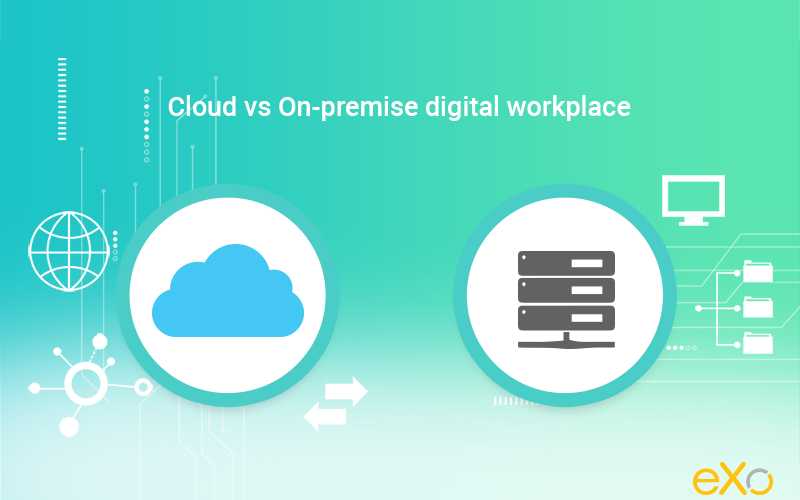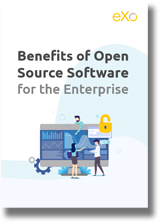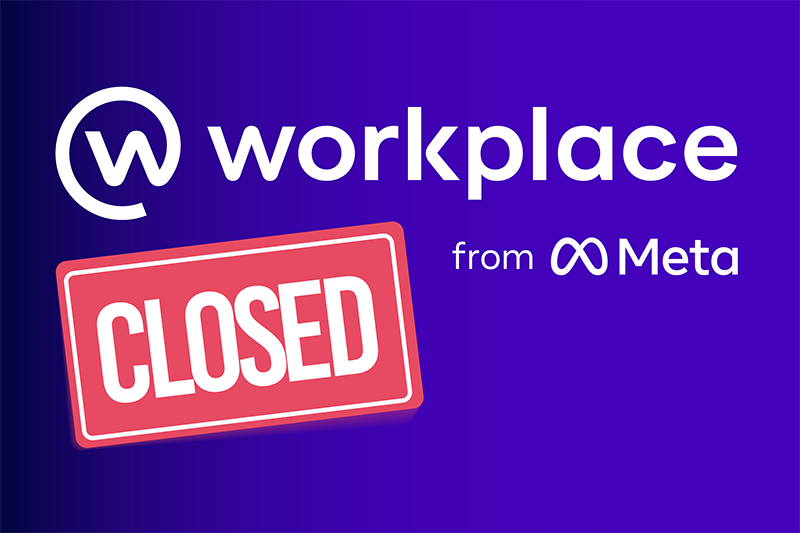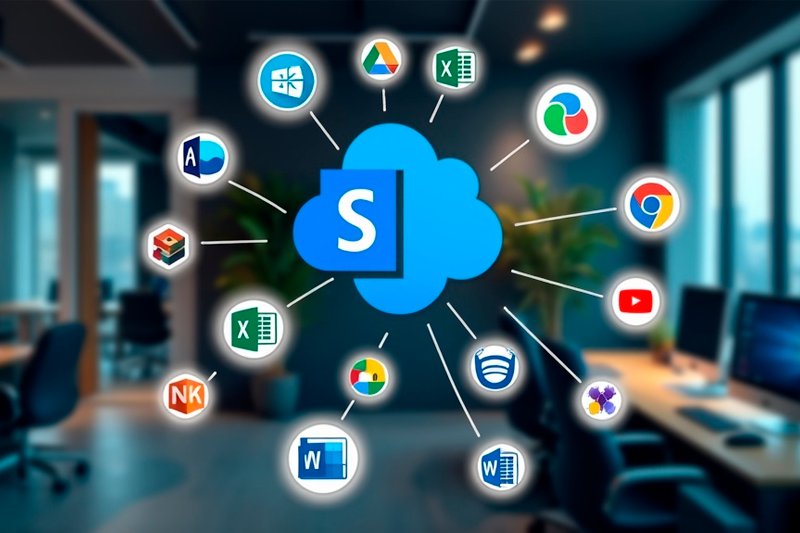- Fares Laroui
- June 25, 2020
Cloud vs. On-premise digital workplace: Which one is right for your business?

Content
1. On–premise
2. Cloud
By contrast, a cloud based digital workplace is hosted on cloud servers and accessible via a web browser. Cloud hosting has grown in popularity in recent years, with tech giants such as Google, Amazon, and Microsoft investing heavily in the technology. According to a ‘state of cloud’ report by Flexera, 94% of respondents stated they use at least one public or private cloud. Additionally, global IT spending on cloud services is expected to reach nearly $500 billion in 2023, up from $229 billion in 2019, as reported in the Worldwide Semiannual Public Cloud Services Spending Guide. The same guide predicts that cloud spending will surpass traditional on-premise spending for the first time ever.

FREE WHITE PAPER
for the Enterprise

FREE WHITE PAPER
for the Enterprise

FREE WHITE PAPER
for the Enterprise
3. Key differences between Cloud and On-premise
Access
With more and more companies adopting remote working policies even before the COVID-19 pandemic, digital workplace that is easily accessible anywhere and from any device has become a necessity. Choosing the cloud will help you to provide access to your digital workplace. Employees have only to access the platform directly from their web browsers and enter their credentials. Remote access can also be provided with on-premise deployment through techniques such as remote access VPN and remote desktop, among others.
Cost
Control
Scalability
Security
4. Which one is right for your business?
discover all the features and benefits
FAQs
You will find here Frequently Asked Questions about digital workplace with all the answers in one place.
What is a digital workplace?
A digital workplace is a next generation of intranet solutions or intranet 2.0 that is based on three pillars: communication, collaboration and information. In a way this definition is true but it doesn’t cover the whole spectrum of the term. Here are some definitions of digital workplace:
- An evolution of the intranet
- A user centric digital experience
How to launch an effective Digital Workplace?
- Understand users’ needs
- Identify your digital workplace ambassadors
- Build the digital workplace brand
- Training and onboarding
- Plan the big day
What does digital workplace really mean?
The digital workplace is the virtual, digital equivalent of the physical workplace. It is a holistic user-centered solution used to connect, engage, and empower employees. Through an employee-centered hub, it encompasses a set of tools, applications, and platforms for a complete work experience.
How to be a good digital workplace manager?
- Analytical skills and approach
- Focus on employees
- Communication and strategic vision
➝ The success of a digital workplace project depends on a number of factors
Related posts
- All
- eXo
- Digital workplace
- Employee engagement
- Open source
- Future of work
- Internal communication
- Collaboration
- News
- intranet
- workplace
- Knowledge management
- Employee experience
- Employee productivity
- onboarding
- Employee recognition
- Change management
- Cartoon
- Digital transformation
- Infographic
- Remote work
- Industry trends
- Product News
- Thought leadership
- Tips & Tricks
- Tutorial
- Uncategorized
Leave a Reply
( Your e-mail address will not be published)



Nice blog here! Also your website loads up very fast!
What host are you using? Can I get your affiliate link to your host?
I wish my website loaded up as quickly as yours lol
Howdy! Do you use Twitter? I’d like to follow you if that
would be okay. I’m definitely enjoying your blog and look forward to new
updates.
Thanks for sharing your thoughts. I really appreciate your efforts and I will be waiting for your next write ups thank you once again.
Sɑved as a favorіte, I love your wеƅsite!